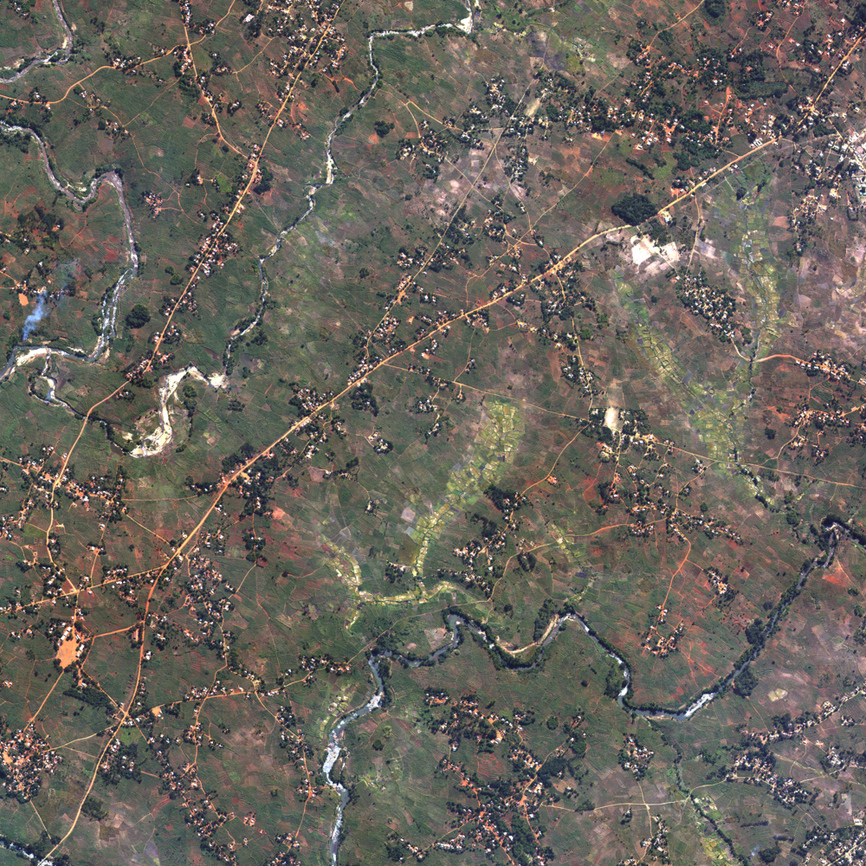
It’s got a lot of moving parts and I wanted to make it intelligible to several audiences, so the documentation is a bit much at times.
One of them has been sitting on the top of the curtain rod over my desk, carefully wedged in place with magnets and a makeshift ground plane.
Weekend project: tinkering with cloud removal from Landsat stacks. Here the top two images are inputs and the bottom is output from them alone.
It’s strictly pixelwise and n→1 (deep set–style), so it scales to any stack depth. Notice it fills the nodata with the training set average color, and the cloud overlap with a sort of polite fog.
Me, politely but firmly taking the jar of kimchi out of the shooping cart and putting it back on the shelf: Darling, remember we talked about how this isn’t authentically Korean because it contains an ingredient introduced in the sixteenth century? And how that means it’s not tasty?
- charlie@planet.parts
- work
- geographical pixels
- where
- Xučyun/Oakland, Ohlone land, western Laurentian accretions
- who
- him
You know him on the internet. Eucalypt-adjacent; very occasional writer. Consulting and passively looking for work in geospatial, image processing, and related fields.
